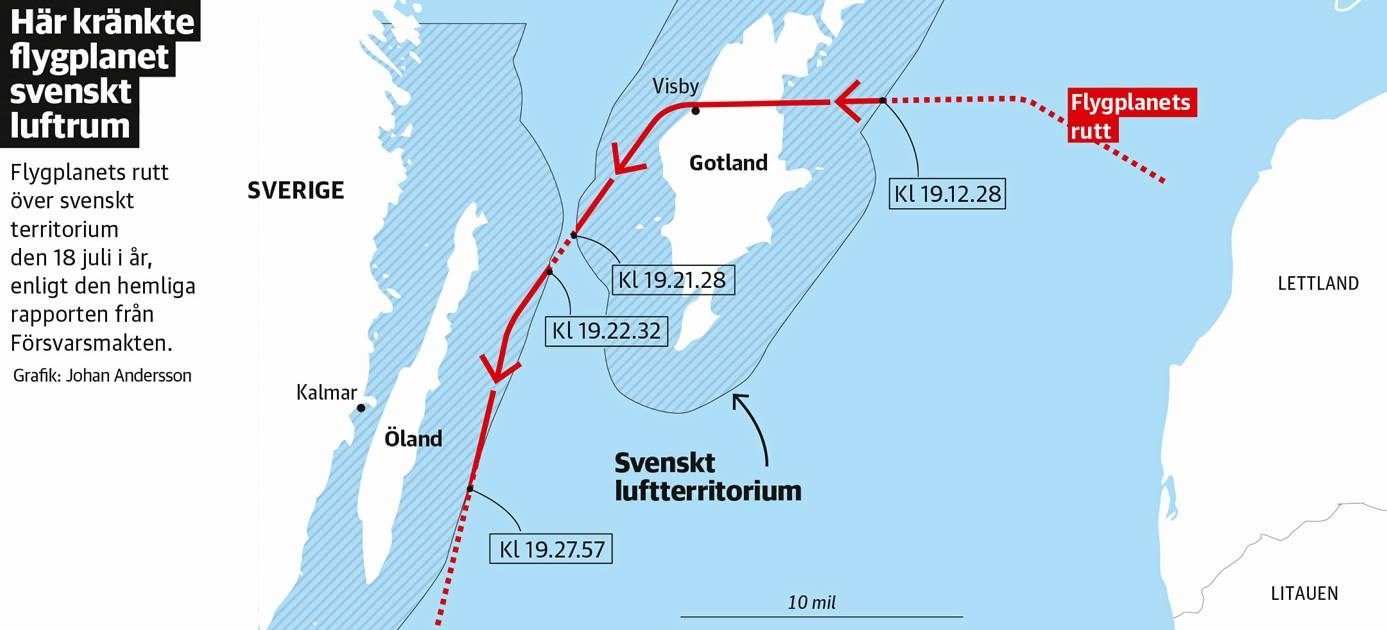The Cold War aerial games of chicken portrayed in the movie "Top Gun" are happening in real life again nearly 30 years later.
A U.S. Air Force spy plane evaded an encounter with the Russian military on July 18, just a day after Malaysia Airlines Flight 17 was downed by a suspected surface-to-air missile that Ukraine and the West allege was fired by pro-Russia rebels in eastern Ukraine.
The RC-135 Rivet Joint fled into nearby Swedish airspace without that country's permission. The airplane may have gone through other countries' airspace as well, though it's not clear if it had permission to do so.
The U.S. plane had been flying in international airspace, conducting an electronic eavesdropping mission on the Russian military, when the Russians took the unusual action of beginning to track it with land-based radar.
The Russians then sent at least one fighter jet into the sky to intercept the aircraft, the U.S. official said Saturday.
The spy plane crew felt so concerned about the radar tracking that it wanted to get out of the area as quickly as possible, the official said. The quickest route away from the Russians took them into Swedish airspace.U.S. officials acknowledged that was done without Swedish military approval.
As a result of this incident, the United States is discussing the matter with Sweden and letting officials know there may be further occurrences where American jets have to divert so quickly they may not be able to wait for permission.
The incident was first reported by the Swedish media group DN.se. Russian officials did not provide any immediate reaction about the encounter.
This was at least the second potentially-dangerous encounter between a U.S. plane and Russia over the past few months. On April 23, a Russian Su-27 Flanker fighter jet buzzed within 100 feet of the nose of a U.S. Air Force RC-135U reconnaissance plane over the Sea of Okhotsk between Russia and Japan.
Russian fighter jet nearly collided with U.S. military plane in April
Russian and U.S. aircraft often encounter each other, both in Northern Europe as well as the area between the Russian Far East and Alaska. But the official said the land radar activity by the Russians in this instance was unusual.
edition


No comments:
Post a Comment